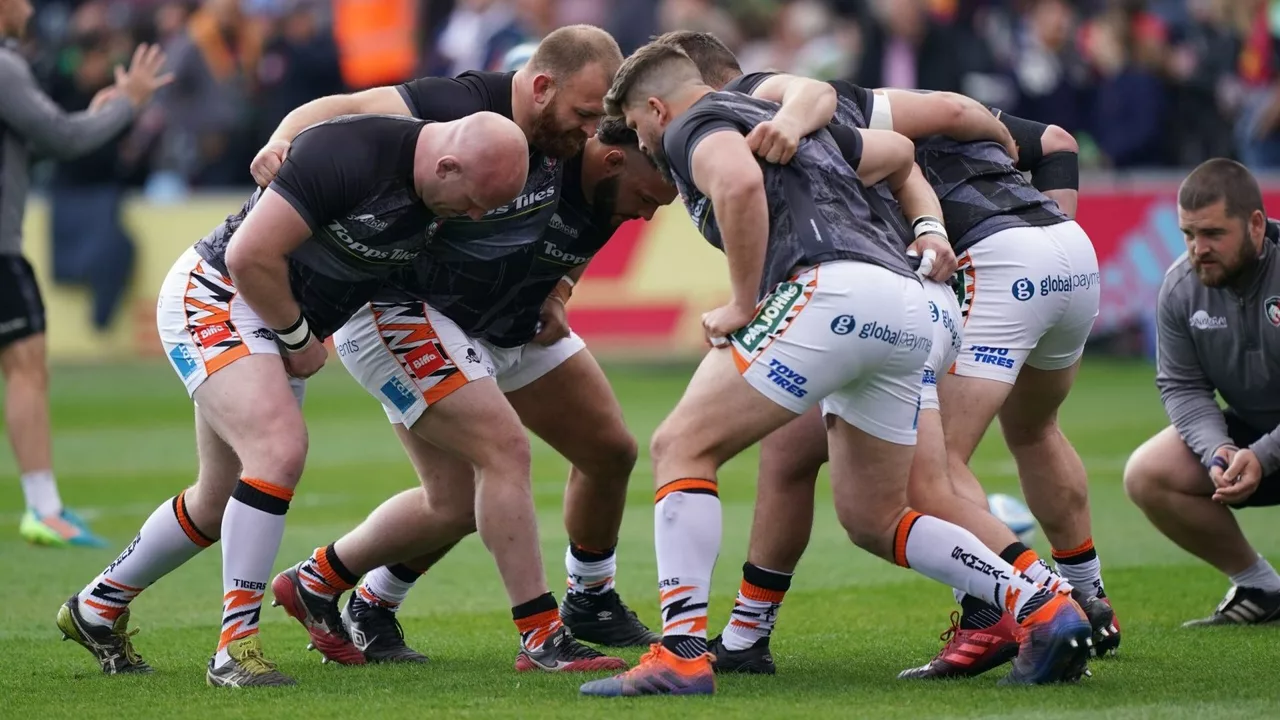Player Role Guide – Understanding Every Rugby Position
If you’ve ever watched a Blyth Rugby match and wondered who does what, you’re not alone. Rugby has fifteen spots on the pitch, each with its own job. Knowing the player roles helps you follow the game, pick the right gear, and even decide where you might fit if you join a team.
Forwards: The Powerhouse
Forwards are the first eight players in the lineup. Their main tasks are winning the ball in scrums, line‑outs, and rucks. The front row – loosehead prop, hooker, and tighthead prop – anchors the scrum and provides the push. Behind them, the second row (locks) add height for line‑outs and extra drive in scrums. The back‑row players – flankers and the number eight – hunt for loose balls and make tackles. In short, forwards do the heavy lifting and set the platform for the backs.
Backs: Speed and Skill
The backs start at number nine (the scrum‑half) and finish with the full‑back at number fifteen. The scrum‑half links the forwards and backs, feeding the ball from scrum or ruck. The fly‑half (number ten) calls the plays, decides when to kick or pass, and often guides the attack. Centres (inside and outside) break the defensive line and create space, while wings use their pace to finish scoring chances. The full‑back stays deep, catches kicks, and launches counter‑attacks. Backs rely on speed, vision, and precise handling.
Each role has a specific set of skills. For instance, a hooker needs accurate line‑out throwing and solid scrummaging, while a wing should excel at sprinting and sideline awareness. Knowing the skill set helps you train effectively and choose a position that matches your strengths.
At Blyth Rugby Football Club, coaches often rotate new players through several roles during training. This gives everyone a feel for where they fit best. If you’re new, start with a basic position like scrum‑half or wing – both demand fitness and good decision‑making without the intense physical grind of the front row.
Specialist roles also exist. The kicker, usually the fly‑half or full‑back, must master place‑kicking and tactical punts. The line‑out jumper (often a lock or flanker) needs excellent timing and jumping ability. These nuances add depth to the game and give players extra ways to contribute.
Understanding player roles isn’t just for players. Fans who know why a forward is pushing in a scrum or why a wing is staying out wide can appreciate the strategy behind each play. It turns a chaotic clash into a clear contest of strengths.
So, whether you’re gearing up for your first game at Blyth or just watching from the stands, keep these roles in mind. Identify the player you’re watching, note what they’re doing, and you’ll see the whole match click together. That’s the real joy of rugby – every role matters, and every player adds a piece to the puzzle.
What rugby union position would I fit in?
Deciding which rugby union position I'd fit in depends on my physical attributes, skill set and understanding of the game. If I'm fast and agile, I may be suited to positions like the wing or fullback. If I have good ball handling skills and strategic thinking, I could consider playing as a fly-half or scrum-half. On the other hand, if I'm bigger and stronger, positions in the forward pack like the prop or lock might be ideal. Remember, it's not just about size and strength, but also about agility, speed, and game intelligence.
